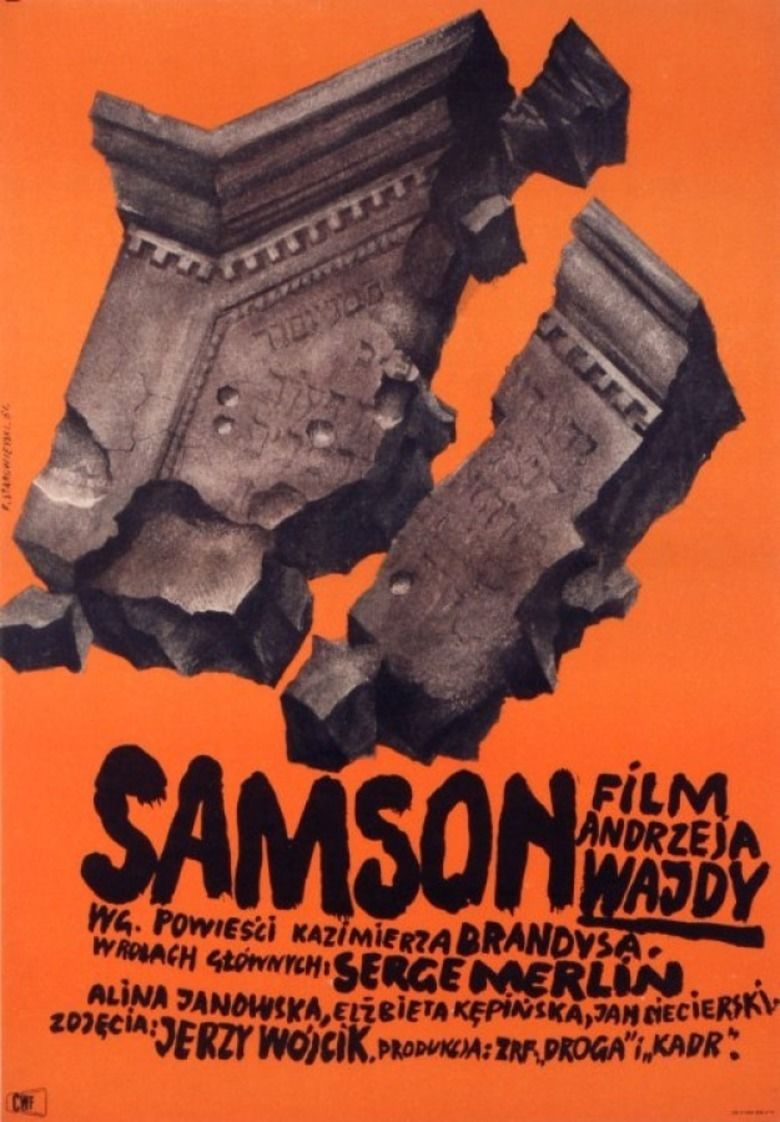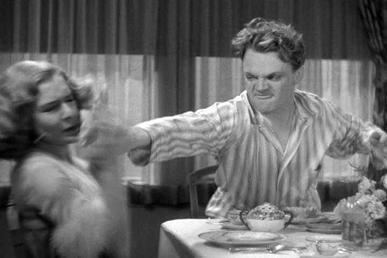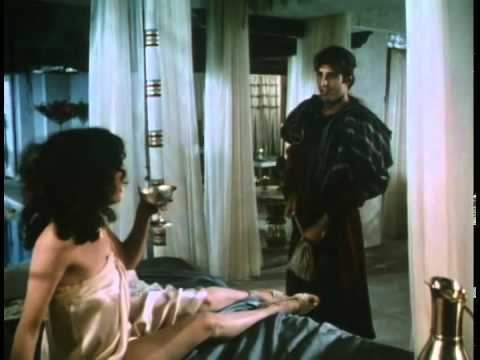Samson (1961 Polish film)
6.4 /10 1 Votes6.4
Language Polish | 6.2/10 IMDb Genre Drama, Romance, War Duration Country Poland | |||||||||||||||||||||||||||||||||
 | ||||||||||||||||||||||||||||||||||
Release date 11 September 1961 (1961-09-11) Cast Similar movies Directed by Andrzej Wajda, Movies about the Holocaust, War movies | ||||||||||||||||||||||||||||||||||
Imprisoned for manslaughter and released after the start of World War II, a Polish Jew seeks to redeem himself.
Contents

Samson is a 1961 film made by Academy Award-winning Polish director Andrzej Wajda that uses art house aesthetics to tell a story about the Holocaust. Wajdas World War II film alludes to the Old Testament story of Samson, who had supernatural physical strength. But unlike the Biblical character, Wajdas Samson has great emotional strength.

Sampson is one of several Andrzej Wajda films harking back to his youth during the Nazi Occupation of Poland. Many of these concern not only the struggle between good and evil, but also between passive and impassive. The hero is a Jewish youth. He, like his family, has always been silent and undemonstrative in the face of prejudice. Now he stands up for his right to survive, and in so doing represents the fighting spirit that culminated in the 1943 Warsaw Uprising. It was originally titled Samson, but re-spelled as Sampson upon its American release to avoid confusion with a sword-and-sandal epic of the same name.
Plot
A dark coming-of-age film, Samson follows its Jewish protagonist (Serge Merlin) from an anti-Semitic private school to a prison, then into a Jewish ghetto, and finally over the ghetto wall to the outside world. Wajda uses this journey as a means to explore expressionist cinematography and the weighty issues facing the Jewish people.
The construction of the Jewish ghetto is communicated through a single, stationary shot. A shabbily dressed mass is clustered in front of the camera, and a pair of hands with a hammer and nails secures one board at a time, until the shot of people has been replaced with a shot of a wall. Through minimalism and simplicity, Wadja establishes a separation between the world of the impoverished Jew and the world outside the ghetto. The viewer looking on as the ghetto walls block the view of what happening inside, is made to feel detached from the horror inside.
One question Wajda raises is that of Jewish solidarity and the guilt of being saved while ones brethren are suffering. Samson escapes from the Jewish ghetto but immediately wants to return. Although he could enjoy a comfortable life of cocktails and women, hed rather be in the ghetto, collecting corpses off the streets. Samson argues that his place is with the Jews, that he should suffer alongside them. A fake-blond beauty offers a different take. She confides to Samson that shes Jewish and has been concealing her roots in order to avoid the ghetto. Although she argues passionately, Samsons emotional strength inevitably inspires her to accept her fate as a Jew.
When Samson is bruised and exhausted, lying on the ground, he is encouraged by a close friend who says, “one man can suffer such blows and rise again.� For Wajda, this is the greatness displayed in Jewish history. Samson is a scrawny, haggard young man, who says very little and might almost border on boringly average; but he has the ability to rise again despite any blow, proving his strength of spirit.
Production
Of Samson, Wajda wrote,
On first reading Kazimierz Brandyss novel Samson, I remembered the drawings by Gustave Dore I had seen as a child, and I started dreaming of making a modern film version of the great Biblical tale. What the novel demanded of a director, however, was simplicity, modesty and, above all, respect for details.
From the first day of shooting to the final day of editing, I remained torn between the two extremes. As veterans of Ashes and Diamonds both of us, Jerzy Wojcik and myself, realized the power of narrative shortcuts and the impact of symbolism on the screen. We wanted to continue in that direction. Brandys novel, however, contradicted and desperately resisted our concepts.
Reception
Georges Sadoul "Les Lettres Francaises", Paris, 1964 "In its first part, the film is a masterpiece. Never before has Wajda revealed such virtuosity. He has not succumbed to the temptation of formal exercise. Far from any baroque mannerism, he says what he has to say firmly, even brutally, while using a minimum of effects, in shades nearly classical. This style present throughout the film reveals a great talent on the threshold of maturity."
Konrad Eberhardt "Film", Warsaw, September 1961 No attempt has been made to discuss this new offer, so different from Wajdas previous works, in terms of creative, rather than propaganda merits, or the authors intentions and the values which the film contributes to our cinematography.
Cast
Awards
Trivia
Serge Merlin went on to play the cyclops leader, Gabriel Marie, in The City of Lost Children (1995), and in Amelie (2001) he played Dufayel, an elderly artist that Amalie befriends.
References
Samson (1961 Polish film) WikipediaSamson (1961 Polish film) IMDb Samson (1961 Polish film) themoviedb.org
